Differences between Bagging and Boosting
Bagging (Bootstrap Aggregating) and Boosting are both ensemble learning techniques that aim to improve the predictive performance of machine learning models by combining multiple base learners. However, they differ in their approach to training and how they leverage the base learners’ predictions to improve model performance. Bagging focuses on reducing variance, whereas Boosting focuses on…
